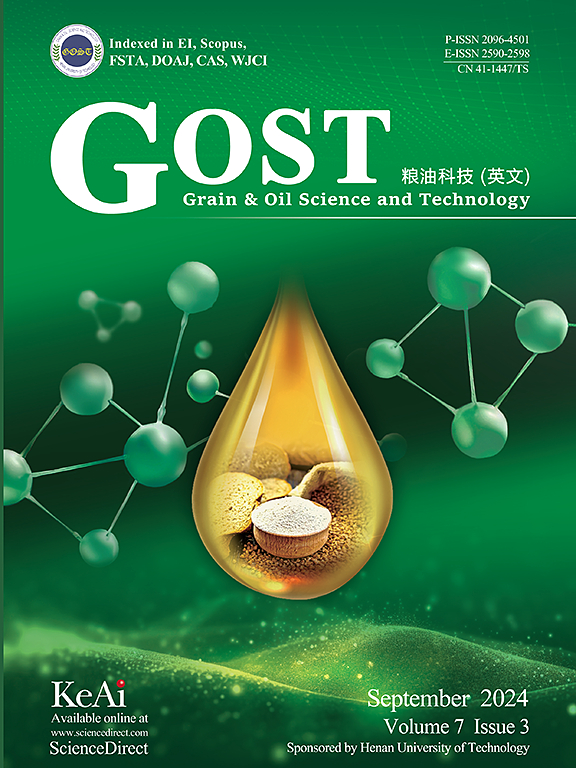Novel heating technologies to improve fermentation efficiency and quality in wheat products: A short review
Abstract
Identifying novel processing methods is an important research direction in the field of food engineering. Fermented flour products have been popular all over the world for a long time because of their unique flavor and texture. Whether for yeast or sourdough, the accurate temperature control is essential for the fermentation process. Some novel heating methods have shown potential in the processing of fermented flour products. Microwave heating (MWH), radiofrequency heating (RFH), and ohmic heating (OH) are undoubtedly the most promising heating methods. MWH affects the fermentation time of the dough by affecting the water molecules in the dough, and may also improve the fermentation quality of whole-wheat flour products. RFH contributes to the control of harmful substances in the fermentation process and has shown potential for the production of sourdough bread. OH has superiority in accurately controlling the temperature, enzymes, microorganisms, etc. in the fermentation process, and it is beneficial to shortening the fermentation time. Researchers have applied these heating methods with different properties to different uses. This article summarized the application and potential of these three novel heating methods in the production of fermented flour products. The application scenarios and parameter settings of novel heating technologies in dough fermentation process need further research. It is reasonable to believe that novel heating methods can become an important tool to improve the efficiency of dough fermentation and the quality of fermented dough in the future.

 求助内容:
求助内容: 应助结果提醒方式:
应助结果提醒方式:


